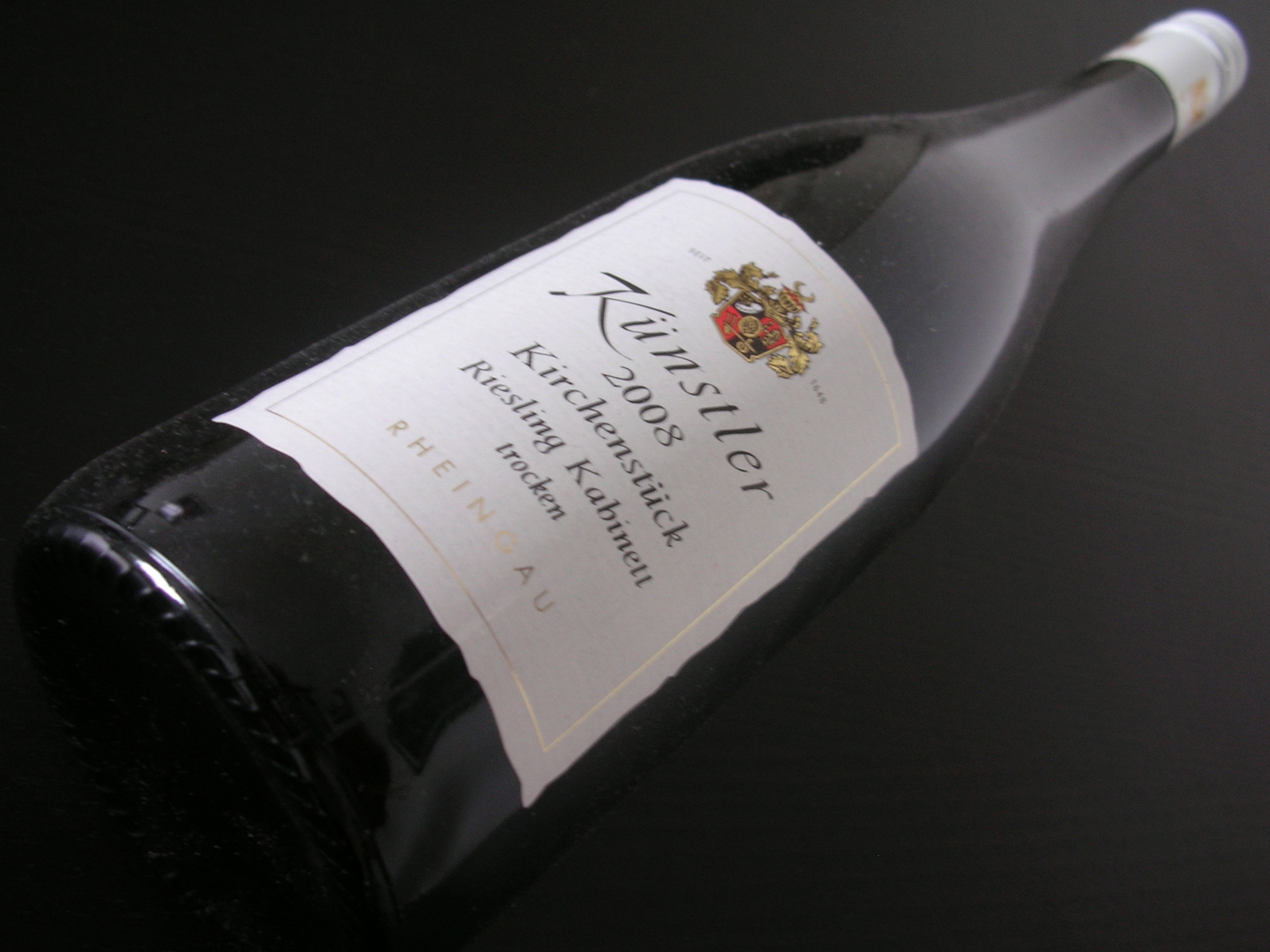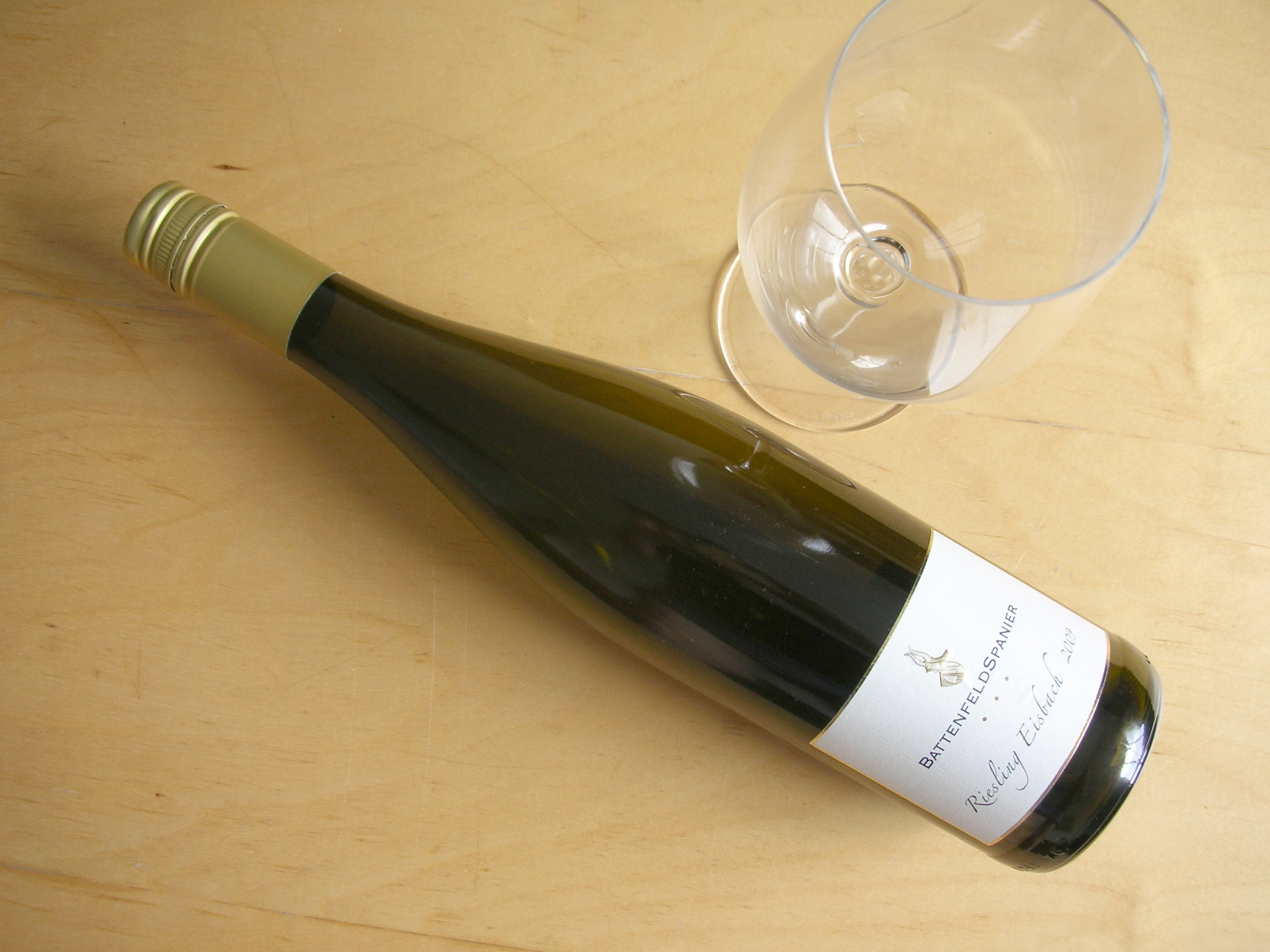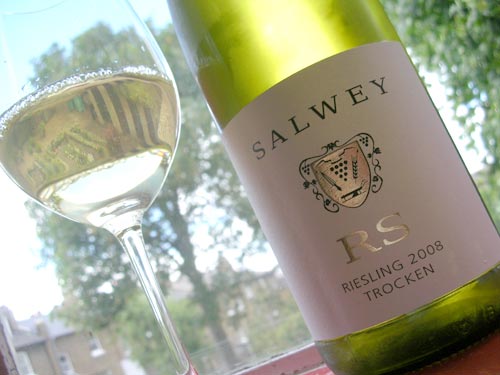Künstler, Kirchenstück, Riesling Kabinett trocken, 2008
Rheingau - rumour has it was here where Charlemagne had a vineyard and where the concept of 'Spätlese' (late harvest) was invented in the 18th century (albeit by accident). While red wine is on the rise pretty much everywhere else in Germany, the Rheingau (think of the Rhine near Wiesbaden/Frankfurt) is still unchallenged Riesling country. The Künstler family are among the most prominent producers in the area, known mostly for the Riesling from the 'Hölle' (literally 'hell') and 'Kirchenstück' ('church piece') vineyards.










